
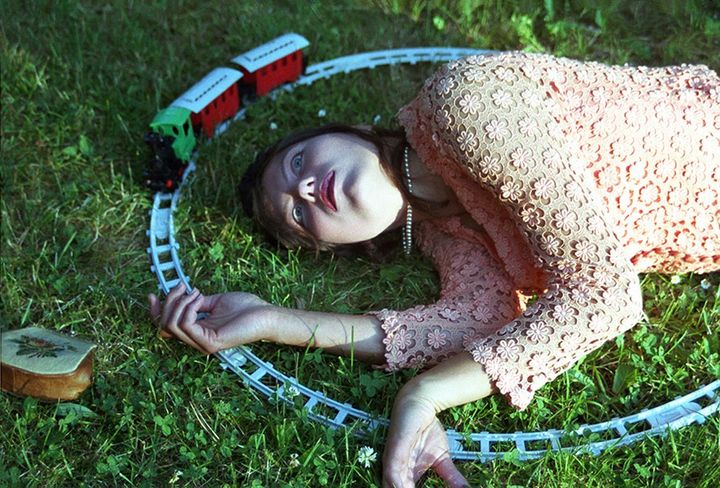 Anna Karenina / 2004
Anna Karenina / 2004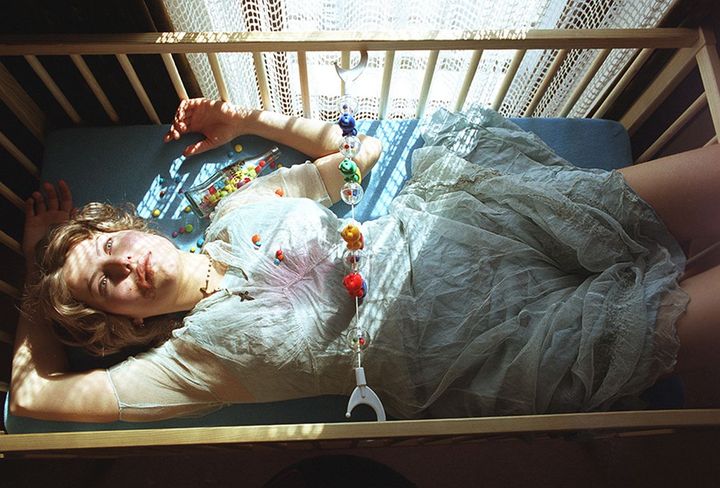 Madame Bovary / 2004
Madame Bovary / 2004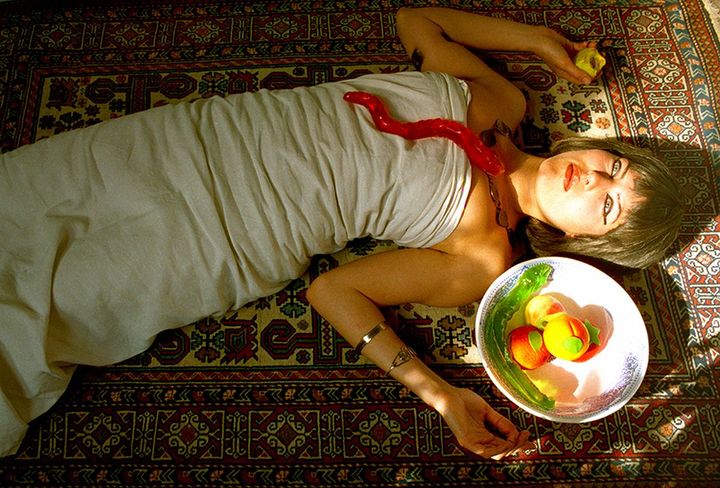 Cleopatra / 2004
Cleopatra / 2004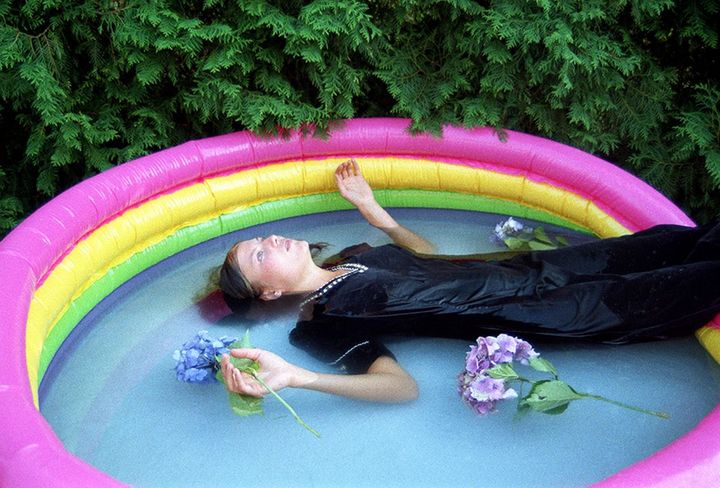 Ophelia / 2004
Ophelia / 2004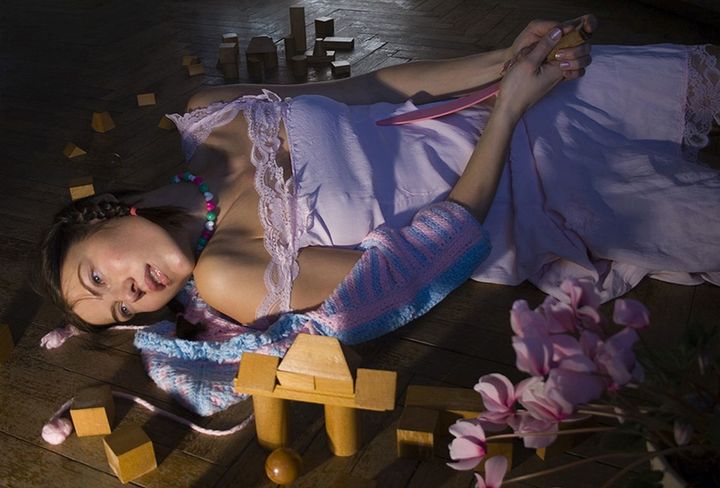 Juliet Capulet / 2009
Juliet Capulet / 2009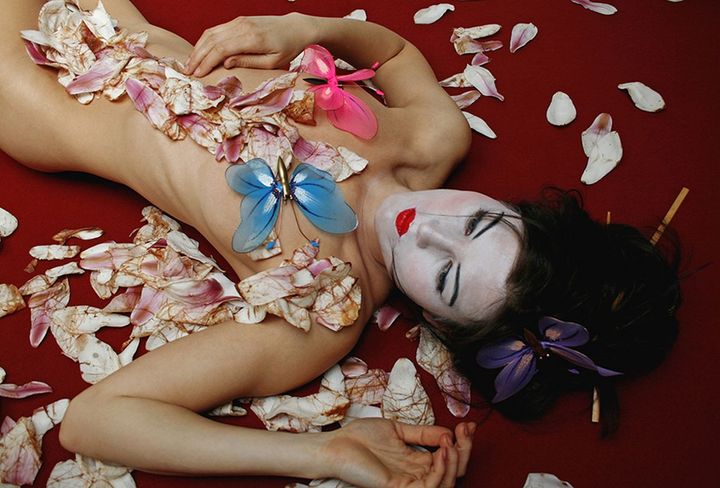 Madame Butterfly / 2008
Madame Butterfly / 2008“… It needs to be said that it is wrong to consider suicides only such people who really end their life. There are a lot of those who just happen to commit a suicide, which doesn’t necessarily require being suicidal. Among people void of strong personality, without a strongly determined destiny, among simple and easily manipulated individuals are many who commit a suicide, even though by their nature and character do not belong to the type of suicidal people.. A suicide does not have to live in the strong relation to death…”
Hermann Hesse, Tractate on the stepp wolf
Anna Karenina, Ofelia, Madam Bovary, Madam Butterfly, Julia Capulet… All these women, beside their mere literary existence, have one thing in common – they ended their fictitious life by a suicide. By this radical and definite way they wanted to get rid of their love problems.
A psychologist Josef Viewegh in his book Suicide and literature understands the act of suicide not only as an expression of extreme desperation, but also of self-love and pride that wants to say – if I cannot live according to my dreams and schemes, I shall better be no more.
A suicide is a man obsessively, even childishly depending on “circumstances”. Whereas a mature, mentally healthy individual tries to overcome unfavorable circumstances by constructive efforts, a suicide, stricken by panic, escapes them into the non-being. Normally they would strive to live, but only if their life made sense and had its value. For them, that is.
According to Viewegh suicidal tendencies contain a desire for restoring a balance between our values. A suicide is up to the last moment tied up with his or her social environment, outwardly orientated into the realm of human relations. If the outer world does not understand them, then they punish their environment by a suicide, instead of attacking someone else. Suicide therefore can be viewed as a kind of an aggressive behavior aimed inwardly at a person committing it.
Since the antiquity there have been periods condemning and fighting suicides as well as such times when suicides were honored and tolerated. In some countries suicides were considered an honest way of death (such as hara-kiri or seppuku used by Japanese samurais). Aristotle regarded suicide as an act of a coward trying to avoid a challenge. Christian morality rejected suicide totally as a blasphemy and therefore a deadly sin.
According to Schopenhauer “… only our individual ego is deadly whereas the essence of our being, that is the will or more precisely the will to live, is not affected by death whatsoever. That proves suicide is nonsensical and immoral, because this act is irreparable since an individual thus destroys and defies only his individual ego and not the prime mistake – the will to live, which through suicide seeks only a more favorable self-realisation.”
I understand a willful life’s end of the literary heroines as an act without premeditation, committed in desperation, oftentimes in a sudden mental disorder, sometimes as a demonstratively childish act. Therefore I placed my suicides in the environment of children’s play, among staged props imitating the actual literary setting of their demise, completed by attributes hinting at the way by which they ended their lives. In my conception these attributes are toys.
The moment of death itself is rendered rather theatrically, even with a dream-like aesthetics, rather than in a revoltingly naturalistic way, mostly because we deal with heroines of classical literary works contemplated as a kind of role-models bearing signs of their times. They are more or less a mere chimera, not real women of flesh and bones.
I do not intend the series of these photographs as a strictly critical contribution to the questions of a suicide, but as an impulse to realize that even the biggest problem has a better solution than a violent ending of life. Maybe we can try just by deepening the humanity as Hermann Hesse shows:
“In the beginning of it all there is no innocence and simplicity. All that has been created, even what is seemingly the simplest, is already guilty in its various-ness, is thrown in the filthy stream of creation and will never be able to flow up against it. The way to innocence, to the non-created, to God does not go backward, only forward, it is the way not to a wolf or a child, but only and ever into guilt, all the way deeper to the evolvement of humanity. Even by a suicide you, my poor steppe wolf, would not help yourself, you shall have to set out on the much longer, tiresome and difficult road to humanity, you shall have to multiple your bivalency and complicate your complicacy.”
